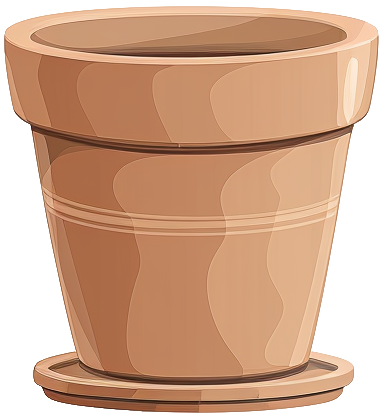- hibiscus
- sabdariffa

hibiscus
sabdariffa
sabdariffa
Care level
Medium
Popularity
Popular
The real treasure of this plant isn't its pretty flowers but rather the bright red calyces that develop after blooming - these fleshy cups are what's used to make the famous red zinger tea. Growing tall and bushy, it produces these juicy, tart seedpods that can be harvested for making delicious drinks, jams, and natural food coloring.
Care & maintenance
Light
Light that enters through west or south-facing windows, the most intense light for your interior that will expose plants directly to sunlight.
Temperature
Wide range (59°F - 95°F)
Fertilization frequency
Moderate
Monthly during the growing period.
Soil
Choose a General purpose mix: A versatile blend with excellent water retention and aeration. Provides balanced nutrition and suitable drainage for a wide variety of houseplants.
If you want to create your own substrate, you can make a mixture of the following soils:
Click on the soil name for more information.
Pot

Standard size
Prefer a pot with a classic width/depth ratio.
Incorrect or incomplete information?
In our goal of building the best plant database, we sometimes make mistakes or have incomplete information. You can help us fill these gaps!
Features
Size & growth
Large
Upright
Rapid growth
This plant grows rapidly. It can reach 3 to 6 feet in height or spread.
It grows upwards without support.
Toxicity
| Cat | |||
|---|---|---|---|
| Dog | |||
| Human |
Reproduction & propagation
Fruits & flowers
Flowering & self-pollinating
The hibiscus sabdariffa can produce flowers and therefore fruits.
This plant is capable of self-pollination, it does not need another individual to fertilize itself and therefore produce fruits.



